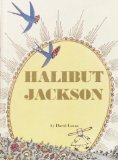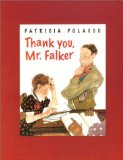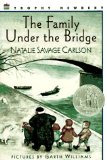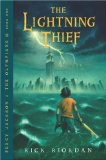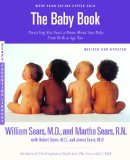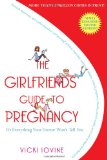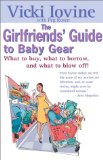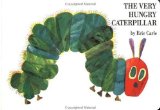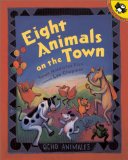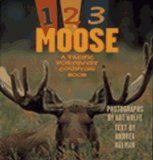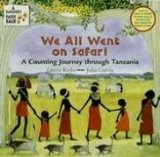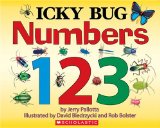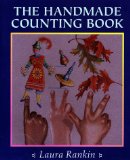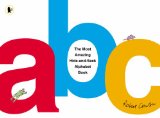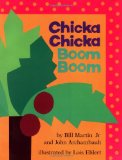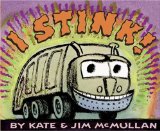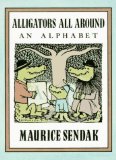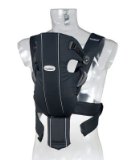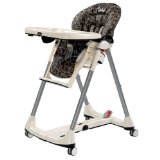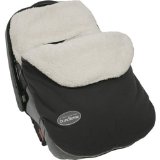Thank you to the reader who suggested a posting on books that teach compassion. This will be a “rolling” list. Please comment with your suggestions to add to this posting and we can build this list together!
If you want to purchase a book, please click on the image of the book to buy at Amazon.com. Thank you!
Hooway For Wodney Wat by Helen Lester. Rodney Rat’s lisp makes him very shy until one day when his lisp makes him a hero. [Picture Book, ages 4-7]
Halibut Jackson by David Lucas. Halibut Jackson is so shy that he makes special outfits so he will blend in with his surroundings. At a party for the King and Queen, he miscalculates and accidentally stands out. Everyone loves his outfit and requests one so he opens a successful store and learns that he’s not so shy after all. [Picture Book, ages 4-7]
It’s Ok to Be Different by Todd Parr. A lovely and appealing book that sends a message that what makes us different also makes us special. [Picture Book, ages 3-6]
Yoko by Rosemary Wells. I have selected this book because it’s about bullying and acceptance. Yoko is Japanese brings “weird” food to lunch and snack and everyone in her class makes fun of her. Her teacher frets and comes up with a plan to have an International Food Day. This is a great success except no one tries Yoko’s food, except at the end, Timothy tries it and loves it and becomes Yoko’s good friend throughout the rest of this series. [Picture Book, ages 4-7]
Yoko Writes Her Name by Rosemary Wells. Yoko is back and this time the story is about “girl” bullying. Yoko does things differently; she writes her name in Japanese, she brings in a Japanese book that reads left to write, and she writes her numbers in a strange way. Two classmates think that Yoko isn’t going to graduate from Kindergarten because she can’t write her name. When Yoko is upset and hides under a table, a kind classmate, Angelo, befriends Yoko and tells her she knows a secret language that he wants learn. The tables are turned on graduation day when the girl bullies panic that they can’t write their names in Japanese and won’t graduate but Yoko shows them in time for the graduation march. [Picture Book, ages 5-8]
Thank You Mr Falker by Patricia Polacco. Tricia has difficulty reading and Mr. Falker figures out that she is dyslexic which is life-changing. [Picture Book, ages 6-12]
Mr. Lincoln’s Way by Patricia Pollaco. Principal Mr. Lincoln can see the good in a bully and gently helps him to find his way. [Picture Book, ages 6-12]
The Family Under the Bridge by Natalie Savage Carlson. A Newbury Honor book. I actually have to read this book but my middle daughter had it for a holiday book club because the mom wanted to have the kids think about others who are less fortunate. The story line is about a happy vagrant living under a bridge in Paris who suddenly has to share his space with a widow and her three children. He finds that eventually he feels compelled to help the family find a permanent home. [Chapter Book for Newly Independent Readers, ages 7-10]
Rules by Cynthia Lord. Having a special needs younger brother is hard on twelve-year-old Catherine. On the one hand, she protects him by giving him rules to follow so he can fit in better. On the other hand, she’s embarrassed about him. When she meets an older boy with a physical special need, they connect but is she too embarrassed to invite him to the school dance? Will her friends accept him? Is she misjudging her friends? [Chapter Book for Grades 3-5, ages 8-12]
The Lightening Thief by Rick Riordan. Percy Jackson keeps getting kicked out of school because something bad always happens. It’s not really his fault that bad accidents happen when he’s on a school field trip. He’s also dyslexic and has A.D.D. When he finds out his special needs are due to the fact he’s a half-blood (half mortal, half Greek God), it’s up to him to prevent WWIII from happening when a lightening bolt is stolen from Zeus. [Chapter Book Grades 3-5, ages 8-16]

